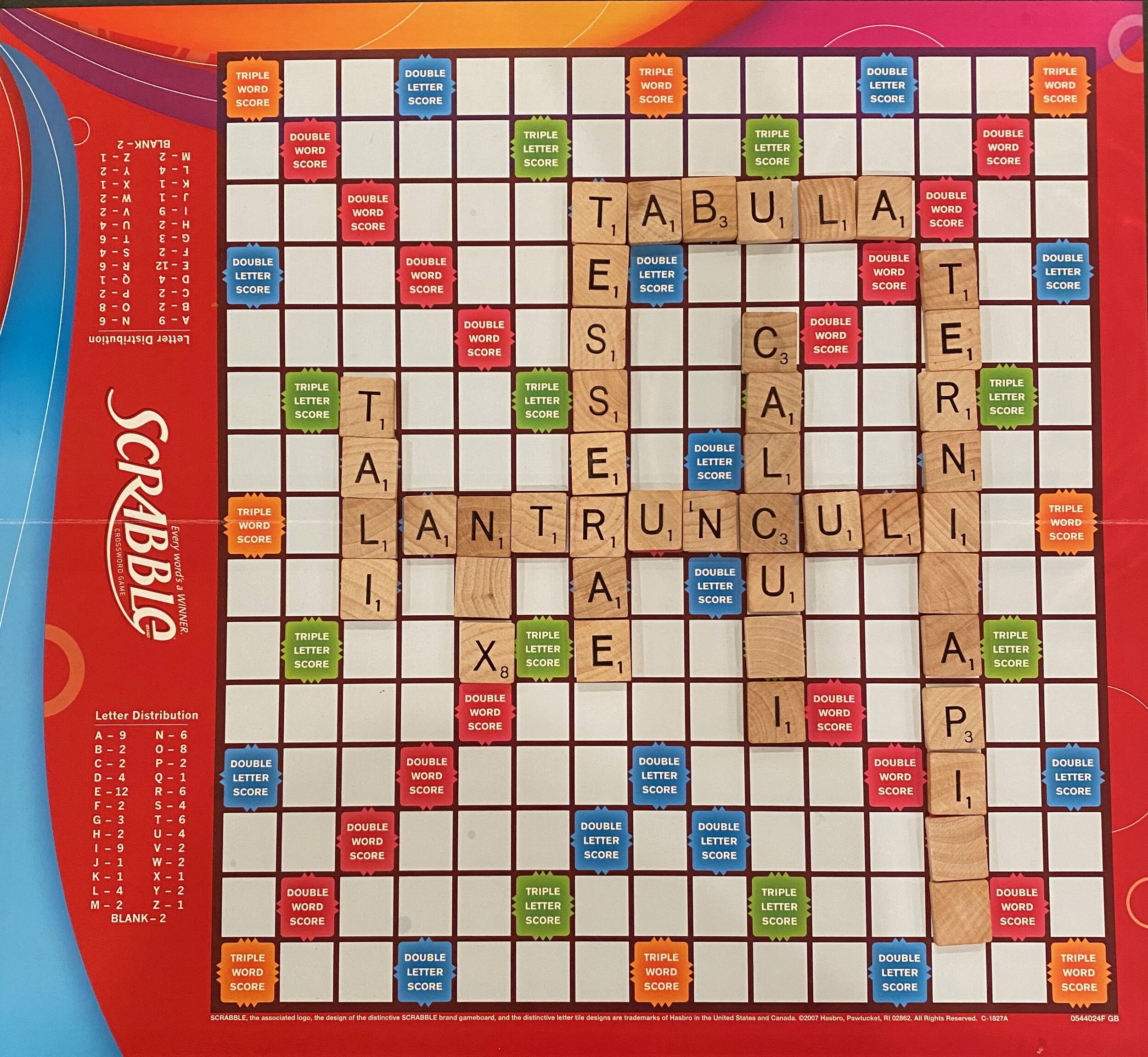Ancient Roman Board Games
While we are all stuck at home with not very much to do, many of us are playing board games. Board games are, as far as we know, nearly 5,000 years old, dating back to at least early Egyptian and Mesopotamian civilizations. Many of the games which we still play today come from the games of the ancient world. The Romans, Greeks, Egyptians, and others played games such as:
Tesserae (Dice)
A gambling game that involved rolling die, very similar to the die we have today (opposite sides adding to seven).
Tabula (Board or Plank) - Backgammon
Greco-Roman game which is the direct ancestor of modern backgammon, and a variant of much older versions of backgammon.
Terni Lapilli (Three Grains)- Roman Tic Tac Toe
Although we cannot truly know when the game was first played, many grids have been discovered chalked into walls and floors in Rome.
Tali (Knucklebones) - Dice
This game originated in Egypt, however, it was later adopted by Roman and Greek society. The die were first made from the knucklebones of sheep, hence the name.
Nux (Nuts) - Marbles
A Roman game for children which was mainly played during the Winter Solstice Festival; when kids would receive bags of nuts and marbles in order to play something similar to Ring Taw or Archboard.
Latrunculi (from latrunclus, meaning mercenary or highwayman) - Roman Chess
An early Roman form of chess played on a stone board, also known as Pebbles; it differed from chess because although the pawns’ movement was the same, there was no variation between types of pieces.
Calculi (Calculation) - Roman Checkers
Another Roman game played with the same pieces and board as Latrunculi; the object of the game was to diagonally connect five stones or pieces together in a line.
Bibliography:
Burnt City, key to lost civilization
Ancient Roman and Greek Tali Games & Roman and Greek themed Games that use Tali

